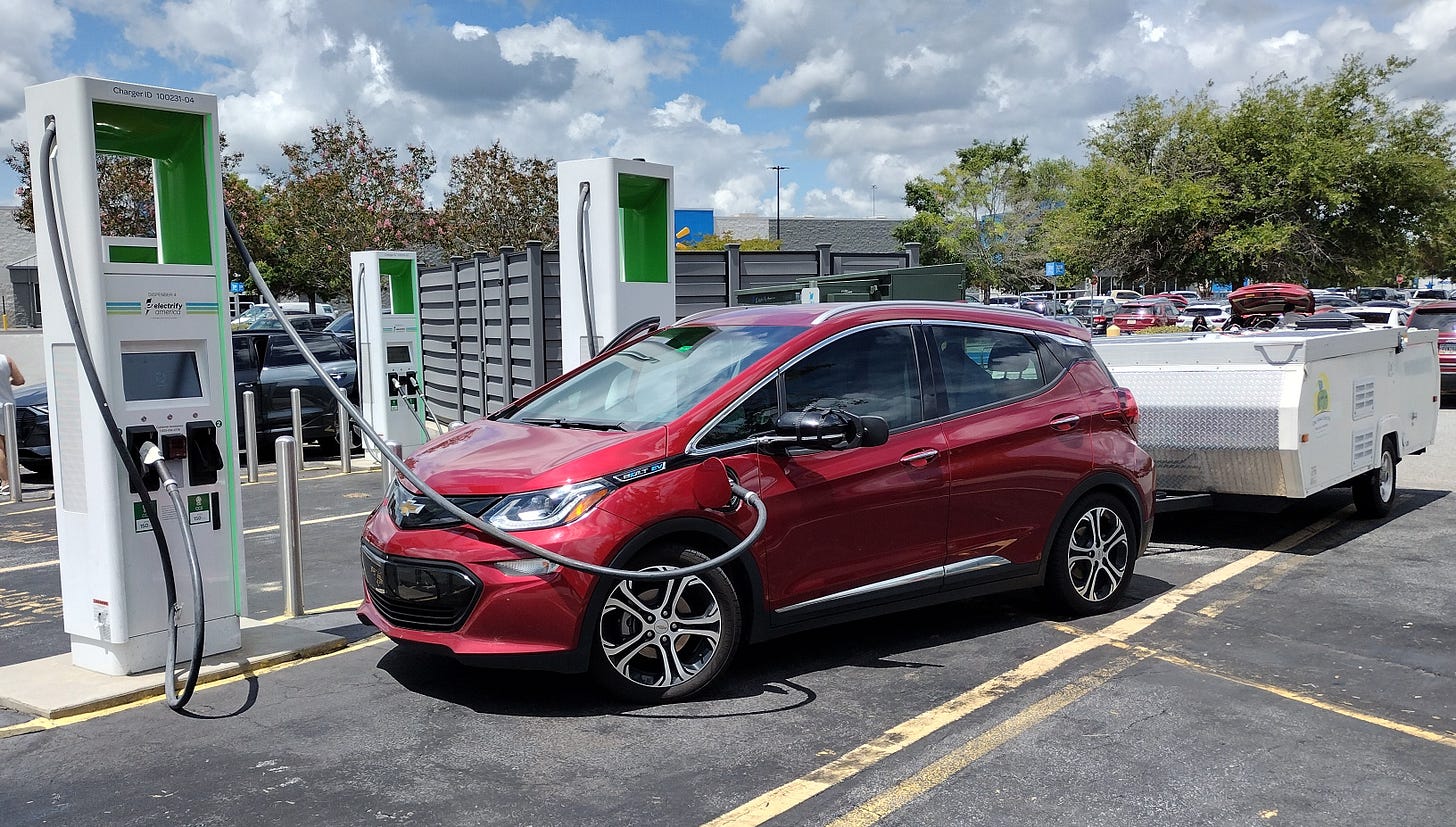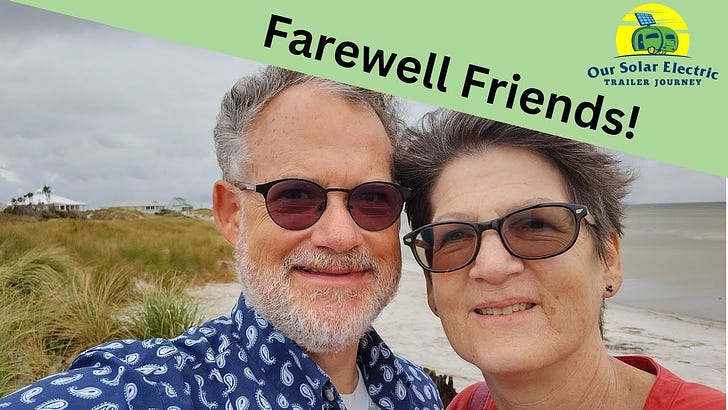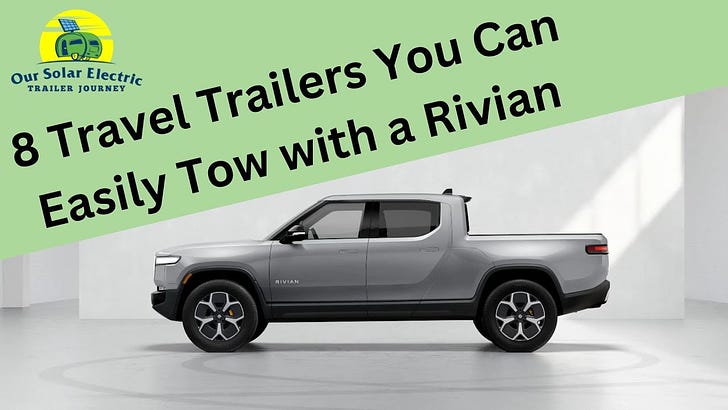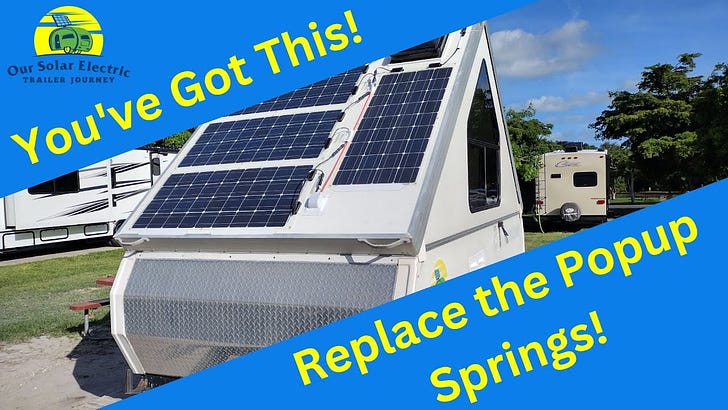Chevrolet does not recommend towing with the Bolt EV. When you purchase an item after clicking a link from this post, we may earn an affiliate commission.
We recently completed our longest-distance camping trip, towing our Aliner Scout with our Chevy Bolt EV: 420 miles.
Last week, we reported on what we saw in Plains, Georgia. We had a ball. If you missed it, check it out.
This week, we want to share seven lessons we observed on this longest-to-date journey.
Lesson 1: Sometimes, you don’t have to unhitch to charge.
It is annoying to unhitch the trailer to charge. There is no way to access the connection at some chargers without disconnecting the trailer. We could charge both times on our trip in different places without unhitching the trailer!
Lesson 2: Target One Charge Per Day When Towing
Charging with a trailer is a bit more complicated than without, so target just one charge per day in your planning. We were able to go about 135 miles on a full charge. A 70 percent charge then provided us with the range to go another 75 miles each travel day, giving us a total of 210 miles per day with one charge en route.
Lesson 3: The Trailer’s Solar Panels Are Holding Up Well
We’re thrilled to see that the solar panels we installed (similar to these) on the trailer appear completely unphased by freeway winds and rains. You can see our solar installation here.
Lesson 4: We Charged the Bolt EV Easily Overnight in the RV Park
We were pleased to be able to charge the car overnight using the power at our spot at Albany RV Resort. The connection had 15 and 30-amp 120-volt connections plus the 50-amp 240-volt connection we used to charge the car. With that 50 amp connection, we can charge our car from empty in about 10 hours.
Lesson 5: Pro Tip—Be Sure to Plan Ahead
We’ve learned that not all campground connections include both a 50 amp and 30 amp plug. You want both, one for the RV and one for the EV. Be sure to check and specify when making your plans and reservations.
Lesson 6: Mileage Not As Good As Hoped
On this trip, we averaged 2.6 miles per kWh. We had hoped to get 2.8 miles. On our 2,000-mile trip to Houston and Back in June—without the trailer—we averaged about 4 miles per kWh. Averaging 2.6 mpk on this trip suggests we lost about 35 percent of our mileage and range with the trailer in tow. Not bad, but we confess we’d hoped to do better.
Lesson 7: Cost per Mile Was $0.06
We feel great about our cost per mile on this trip. Including only the energy cost, we paid a total of $23.26, yielding a cost per mile of $0.06 over the 420 miles. We carefully included an estimate of the cost to recharge the mostly-drained battery when we returned. We didn’t assign any part of the cost of our RV spot to power.
We also learned on this trip that we have a lot to learn about using our solar system effectively. We expected to arrive with a cold fridge and a full battery but instead arrived with a cold fridge and an empty battery, having enjoyed an overcast drive. Two days of often rainy weather left us without really using our solar. We have a lot to learn!
Next week, we’ll share a frustrating EV experience and give you the information you need to avoid it!


















Share this post